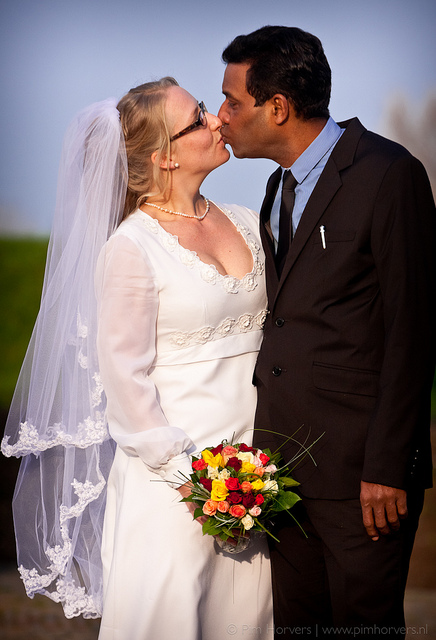[iframe src="http://www.pimhorvers.nl/album/2014-05-01-wedding-book-kathmandu" width="100%" height="500"] For me it was very special to be so close to this Hindu wedding ceremony. As you probably will think this is a arranged marriage where bride and groom are chosen by their family, but I can tell you this is a modern marriage. Both met on Facebook and got to know each other better and better. Later family got involved to see if it was fine before they decided to marry.
Let me tell you some of the rituals and tradition of this wedding as it will explain some of the photos you can see here underneath.
The wedding ceremony is entirely traditionally and at least partially in Sanskrit; considered by Hindus as the language of holy ceremonies. The Hindus attach a lot of importance to marriages, the ceremonies are very colourful, and the total celebrations may extend for several days. The bride's and groom's home,like doors, walls, floor and roof, are decorated with colors, balloons and other decorations.
The rituals and process in a Hindu wedding vary widely. Nevertheless, there are a few key rituals common in Hindu weddings. Kanyadaan: the giving away of daughter by the father. Panigrahana: a ritual in presence of fire, where the groom takes the bride's hand as a sign of their union. Saptapadi: is the most important ritual. It is called the seven step ritual, where each step corresponds to a vow groom makes to bride, and a vow the bride makes to groom. In many weddings, Saptapadi is performed near a fire. They walk around the fire, with part of each other's clothing tied to each other. After Saptapadi, the couple are considered husband and wife.
After the wedding is complete, the bride leaves for groom's home, where Hindu family members of the groom welcome the newly wedded couple in a ritual known as Grihapravesa. This ceremony typically requires participation of the mother, father, brothers, and sisters, or other guardians of the groom.

